Antarctica Photos: Meltwater Lake Hidden Beneath the Ice
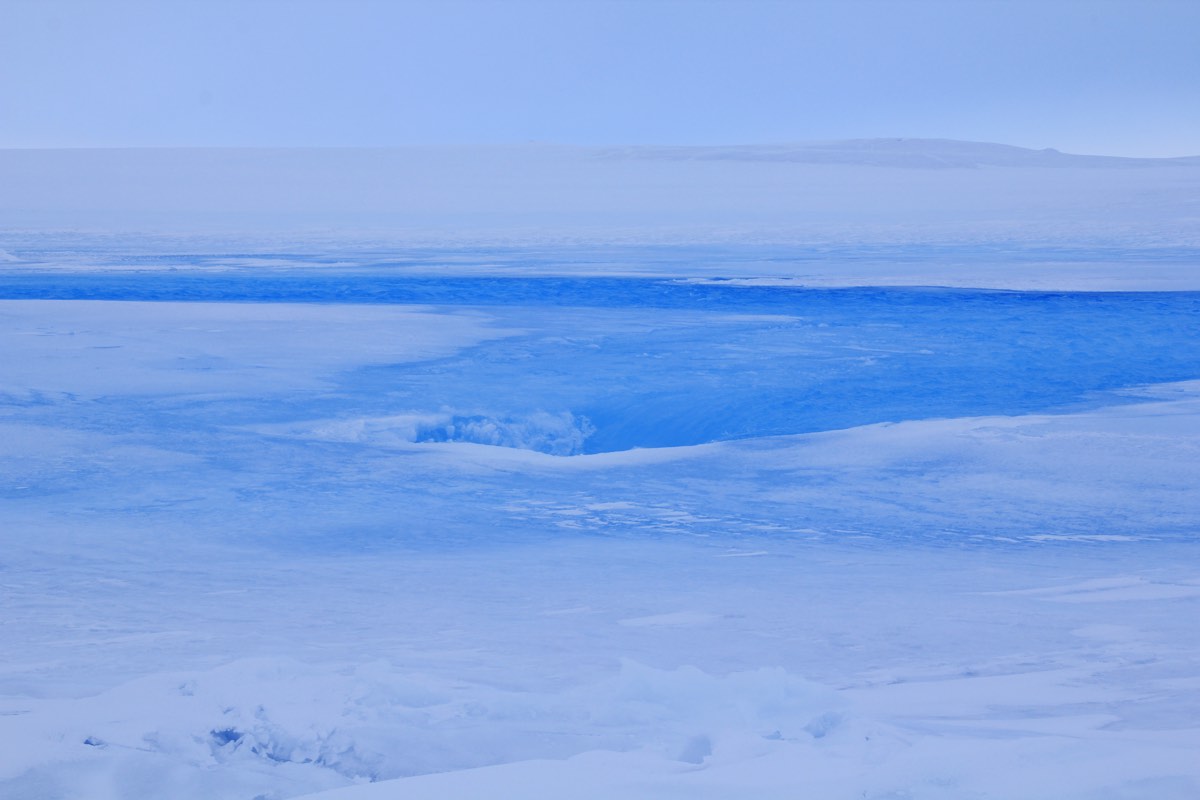
Weather Station
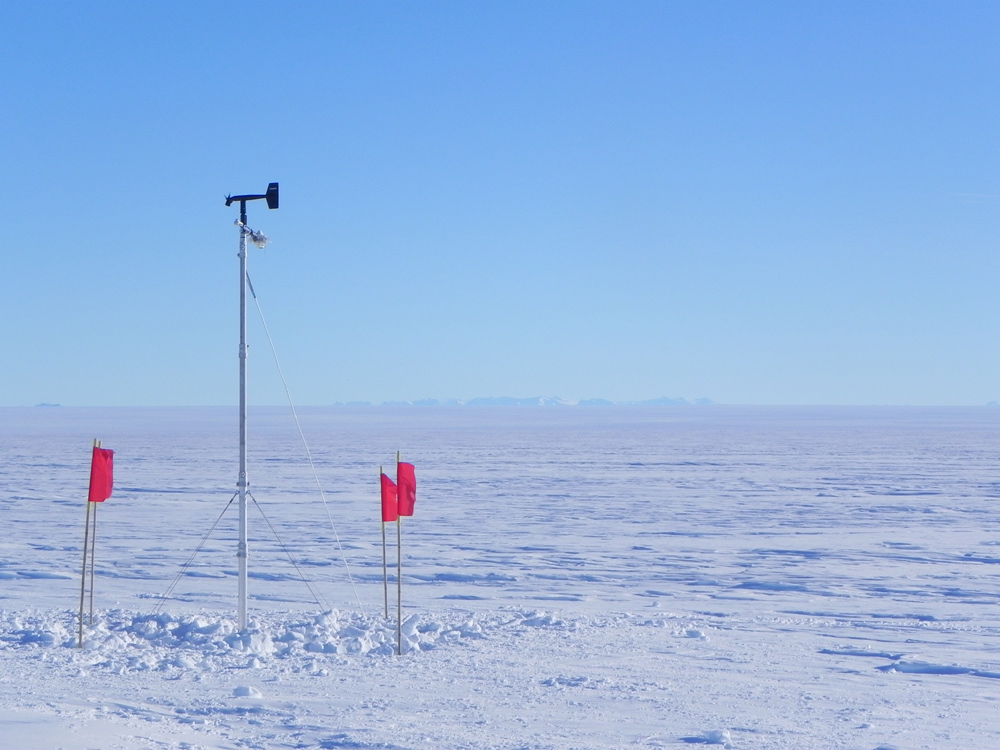
The expanse of the Roi Baudouin ice shelf stretches out beyond a new weather station deployed by researchers doing fieldwork in the area. East Antarctica is a question mark with regard to climate change, with little known about the ice sheet's vulnerability to global warming.
[Read about a mysterious crater in the ice shelf]
Melting Moulin
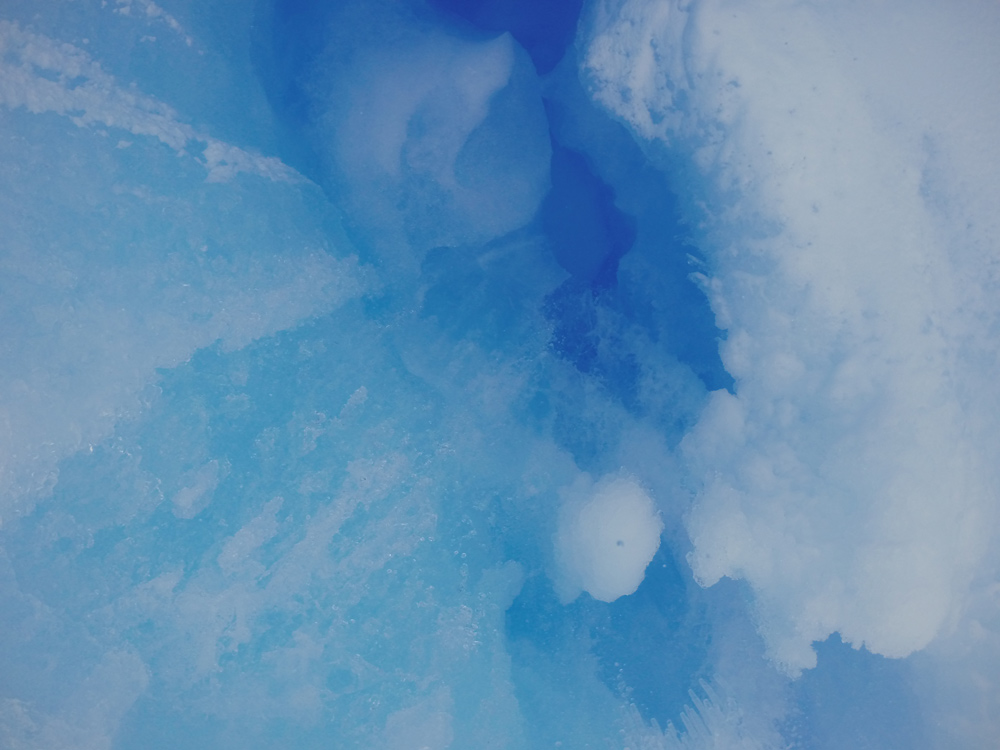
A view into the mouth of a moulin, or drainage passage through the Roi Baudouin ice sheet. Researchers were surprised to find such a feature in East Antarctica, because they're not typically seen on ice sheets and are more well-known from Greenland in the Arctic.
[Read about the mysterious crater in the ice shelf]
Lake under ice
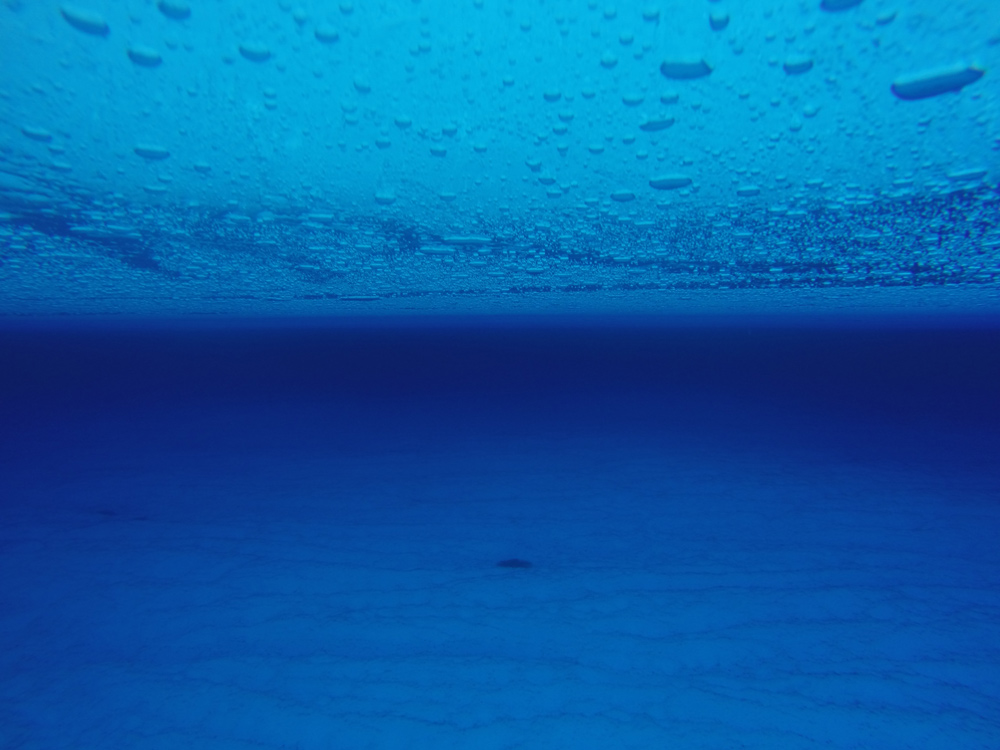
A meltwater lake under ice on the Roi Baudouin ice sheet in East Antarctica. Researchers found many of these lakes, some kilometers across, dotting the underside of the ice sheet. This one is about 13 feet (4 meters) below the surface.
[Read about the mysterious crater in the ice shelf]
Meltwater Stream
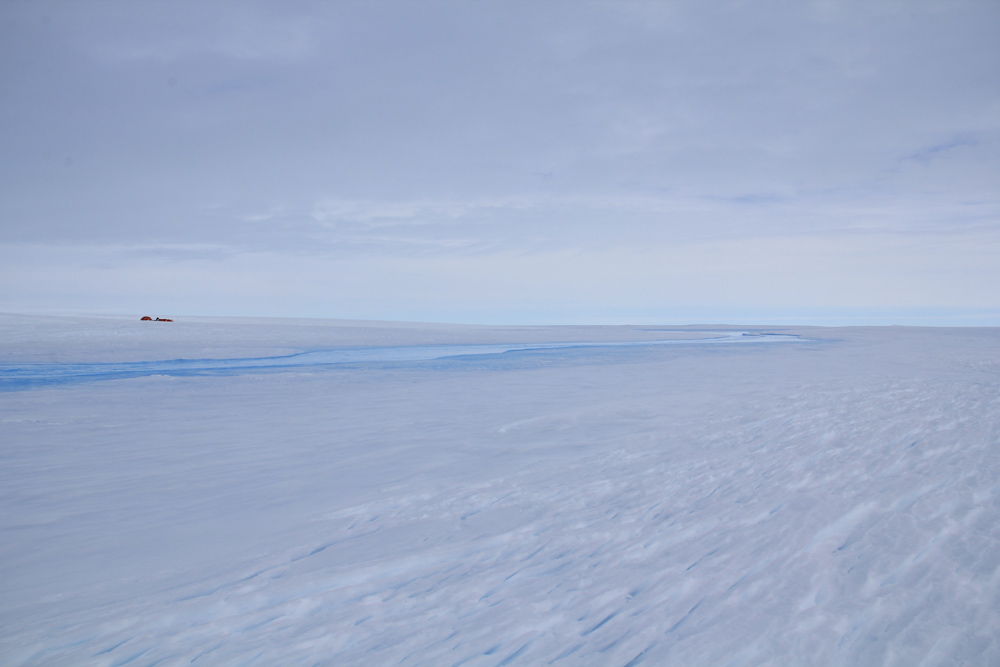
A meltwater stream flows along the Roi Baudouin ice sheet in East Antarctica. New research published in Nature Climate Change finds that East Antarctica is more vulnerable to warming than previously expected because of warm winds that blow away the snow cover on the ice.
Get the world’s most fascinating discoveries delivered straight to your inbox.
Meltwater Stream
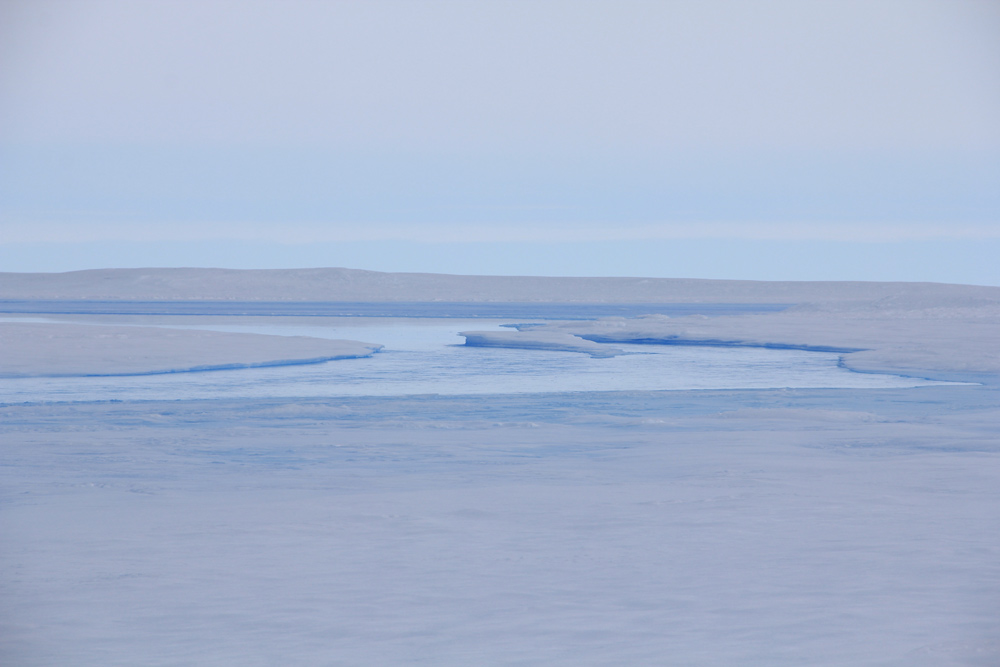
A meltwater stream on the Roi Baudouin ice sheet. Warm winds here blow away the snow cover and darken the surface of the ice, which in turn makes the ice sheet more vulnerable as it absorbs more heat from the sun.
Icy Camp

Field camp on the Roi Baudouin ice sheet during a scientific expedition to better understand the dynamics of East Antarctica's melt.
Melt and Ice
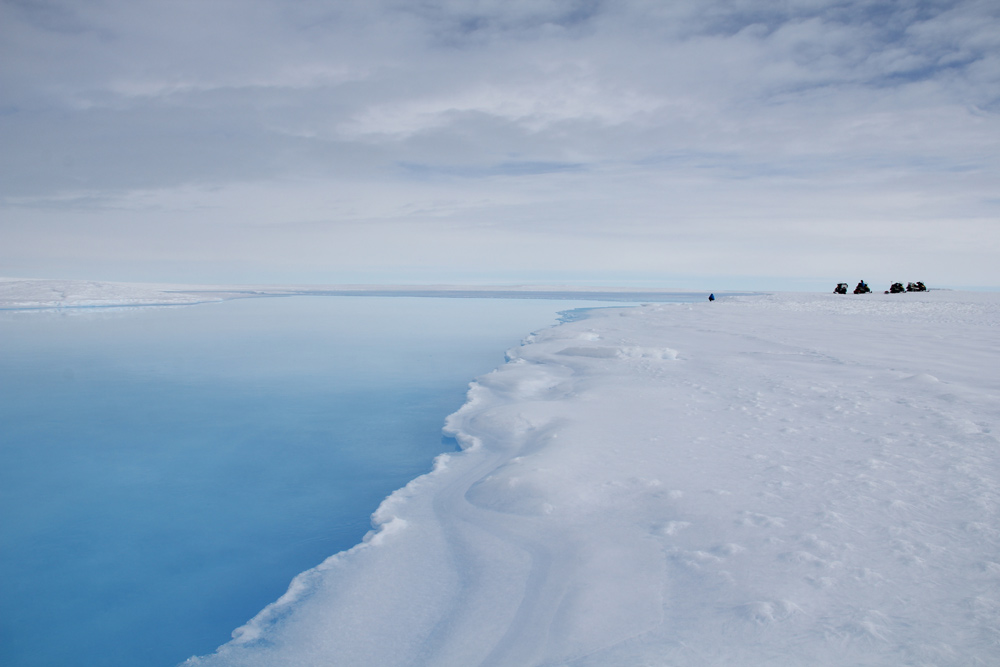
A meltwater stream on the Roi Baudouin ice sheet. Using observations taken from this expedition combined with satellite data and climate modeling, scientists found that East Antarctica is more prone to melt than previously believed. The melting of the floating ice sheet doesn't cause much ocean-level rise directly, but as ice sheets melt they allow land-based ice to flow more rapidly toward the sea.
Icy Landmarks

Two ice blocks inside a mysterious crater first observed on satellite imagery in 1989. The feature was first widely reported in 2015 as a possible meteorite impact zone, but climate scientists immediately suspected it might actually be a sign of melt. The crater turned out to be a collapsed lake and moulin.
Moulin
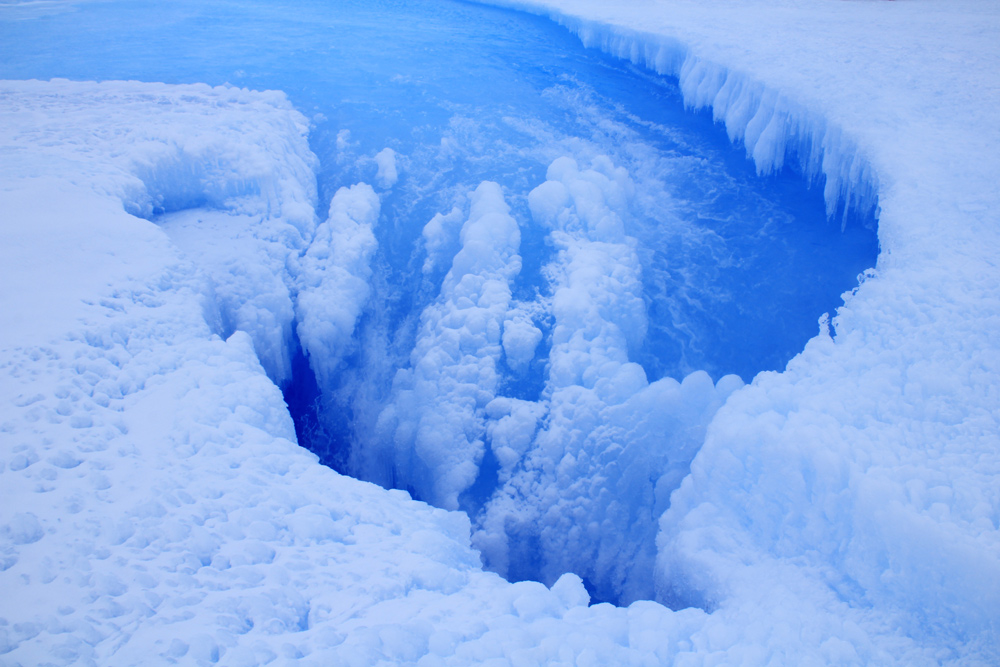
A moulin in the Roi Baudouin ice sheet. These drainage passages allow meltwater to flow through the ice and into the ocean, but are known from Greenland. Researchers were surprised to find one on an Antarctic ice sheet.
Flowing Melt
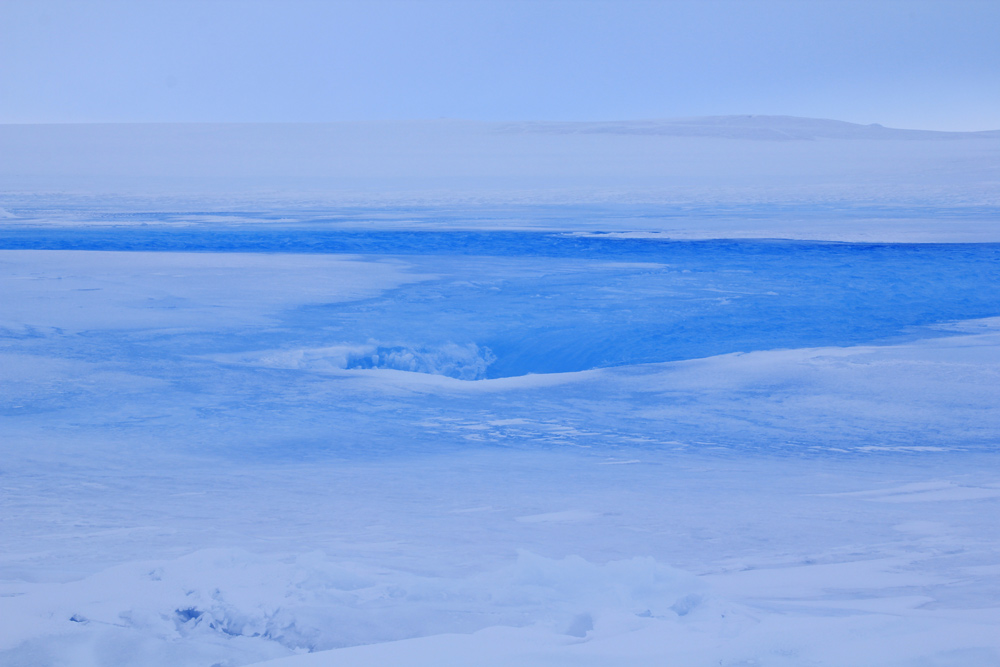
Meltwater drains through the moulin in the King Baudouin ice sheet in East Antarctica. This feature as well as numerous under-ice lakes suggest that the region is vulnerable to the effects of a warming climate.
Exploring the moulin

Researchers on snowmobiles explore the crater in the Roi Baudouin ice sheet, pausing next to a moulin through which meltwater drains. West Antarctica was already known to be vulnerable to climate change; the new study published in Nature Climate Change suggests that East Antarctica is at risk too.

Stephanie Pappas is a contributing writer for Live Science, covering topics ranging from geoscience to archaeology to the human brain and behavior. She was previously a senior writer for Live Science but is now a freelancer based in Denver, Colorado, and regularly contributes to Scientific American and The Monitor, the monthly magazine of the American Psychological Association. Stephanie received a bachelor's degree in psychology from the University of South Carolina and a graduate certificate in science communication from the University of California, Santa Cruz.


